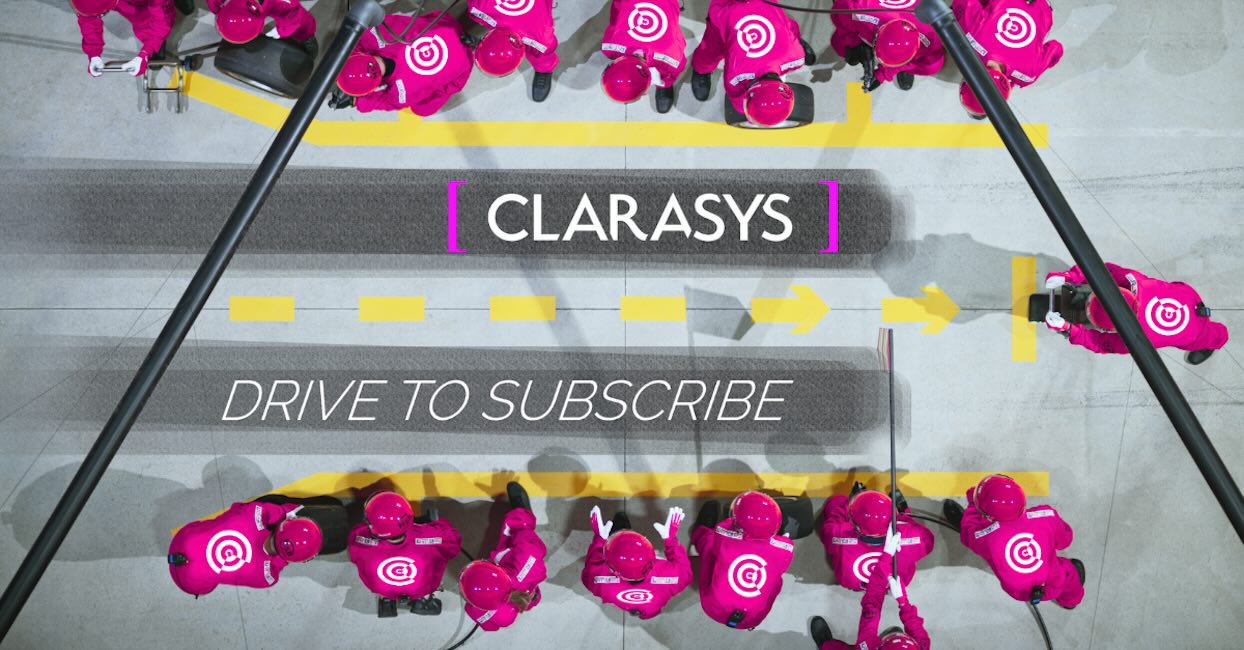Is your organisation planning or going through a change? Here are three key considerations to keep in mind…
Organisation design changes: optimising the adoption of digital programmes
Organisation design changes: optimising the adoption of digital programmes
Is your organisation planning or going through a change? Here are three key considerations to keep in mind…

Change in any organisation means disruption. And it’s important to remember that at the heart of every organisation are its people. Therefore, it’s important to win people’s hearts and minds when you’re navigating your way through a change programme. If you don’t engage with your people, listen to them, and communicate with them, buckle up because you’re in for a rough ride.
New reporting lines, responsibilities, moving teams around, and introducing new activities can be upsetting, frustrating, and demotivating. They can even lead to people choosing to leave.
So, how can we ensure change is successful and not a waste of people’s time and an organisation’s money?
Here, we discuss the key things to keep in mind when introducing change into any organisation.
Listen to your people
Putting yourself in another person’s shoes will help you to understand other views. This doesn’t mean every request has to be acted upon – this would be impossible. But people are more likely to accept change and disruption if they feel they are being listened to. It’s important to make sure you aren’t just listening for listening’s sake. Do it to understand, rather than to tick a box.
Learn from different perspectives
Hearing different perspectives is a valuable exercise during periods of change. We all approach problems from different angles, and these alternative views provide learning opportunities. The person who is actually doing the job undergoing change probably has many useful observations you may not have considered when drawing up a new world order. And when people are listened to, they feel valued.
Communicate at the right time
Communicating at the right time is easier said than done. There can be a temptation to communicate changes too early, for instance before important logistics and details have been worked out. In this instance, you risk creating more disruption and frustration when you can’t answer people’s questions
If we communicate changes too late, people can feel like they have no voice. Striking the right balance only happens when thought is given to the timing and content of the messaging.
There is no playbook for this, and each situation will be different. If you are unsure when to communicate something, it’s best to communicate early and be transparent that not everything has been fully worked out. This way, people will feel they have been, at the very least, included in the conversation.
Conclusion
Whether you are doing a huge, multi-year transformation, or changing a single individual’s role, these are all key points to think about. And remember that when you change anything within an organisation, and you’re studying a spreadsheet ahead of change, people are the heart of your business. Without their support and buy-in, the journey is going to be tough.
To learn more about how we can help you with people and change management, or to speak with one of our change experts, please get in touch!

